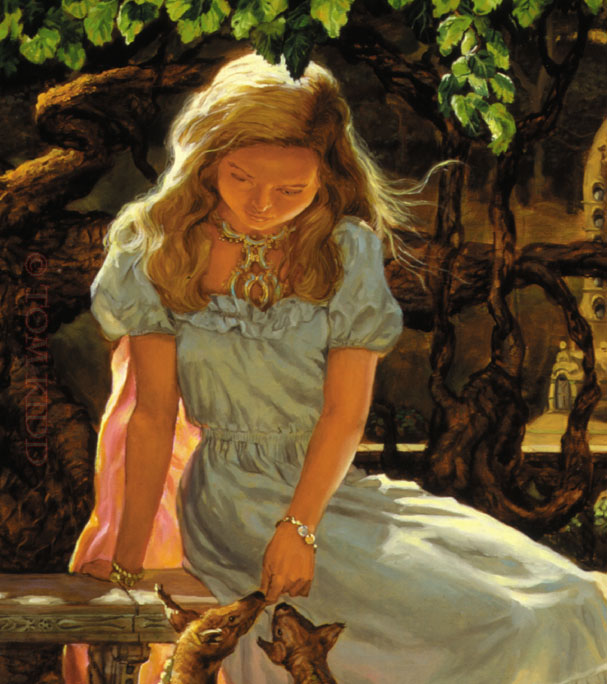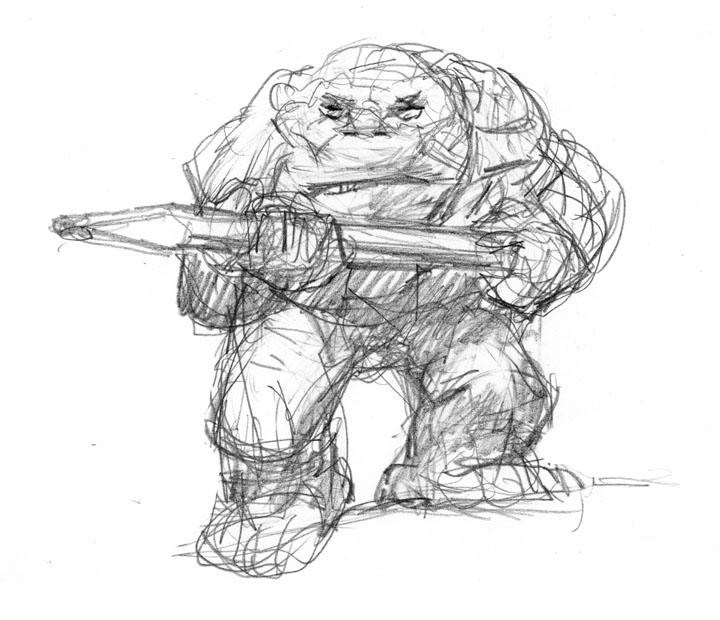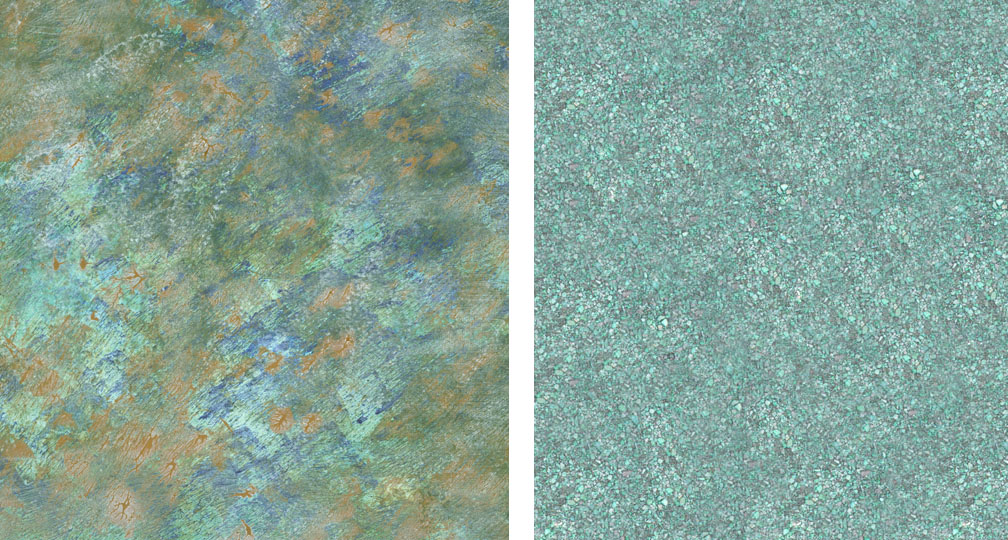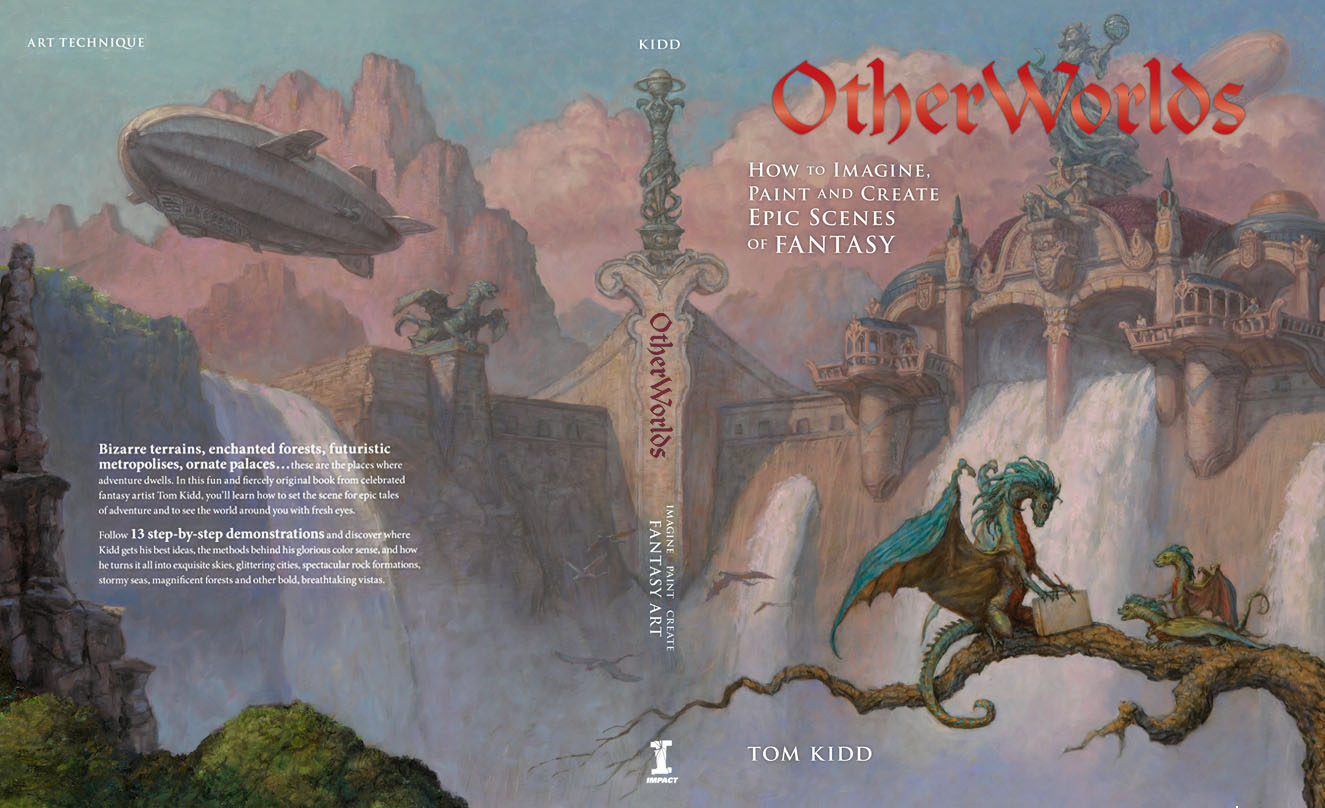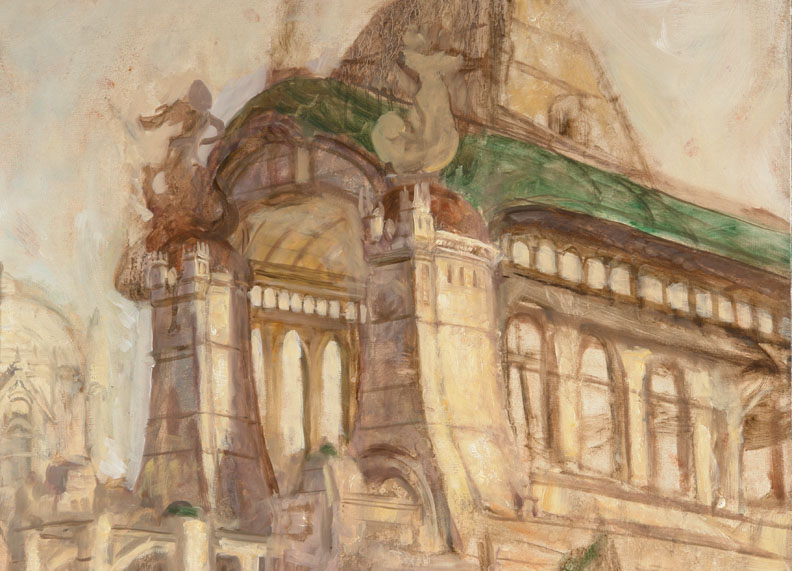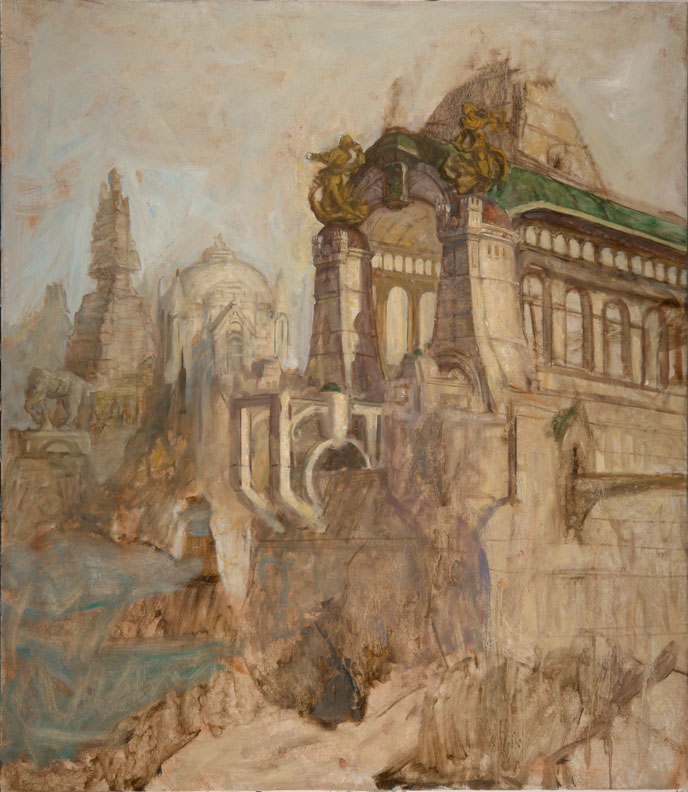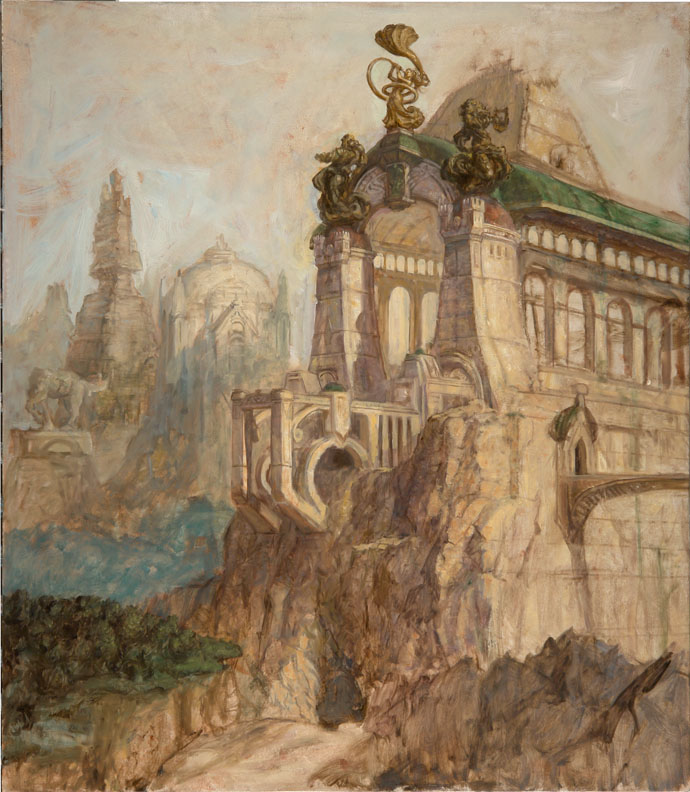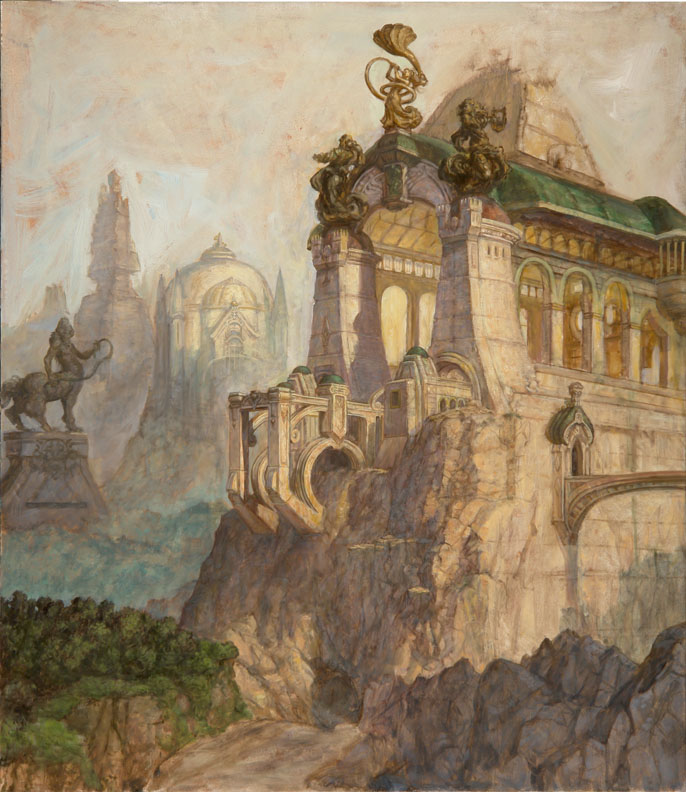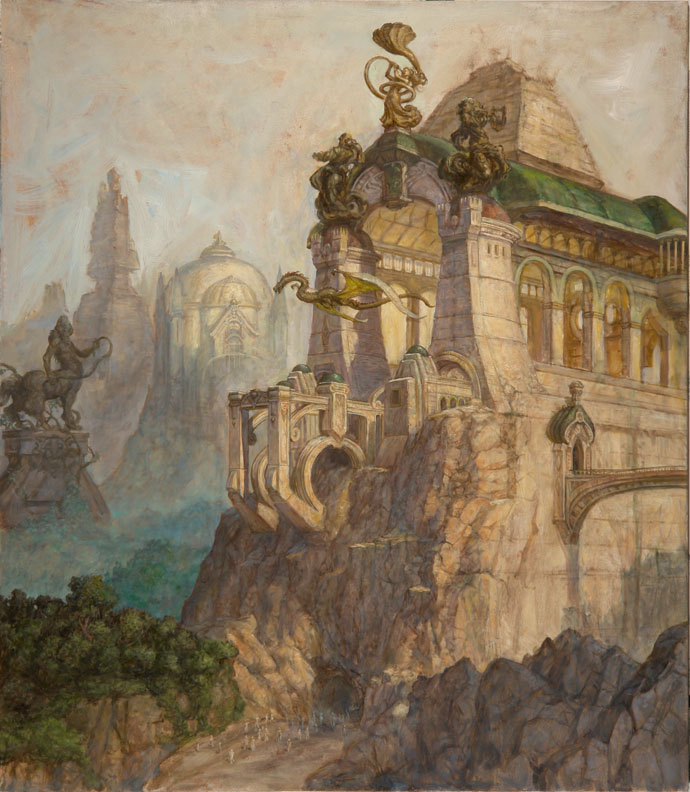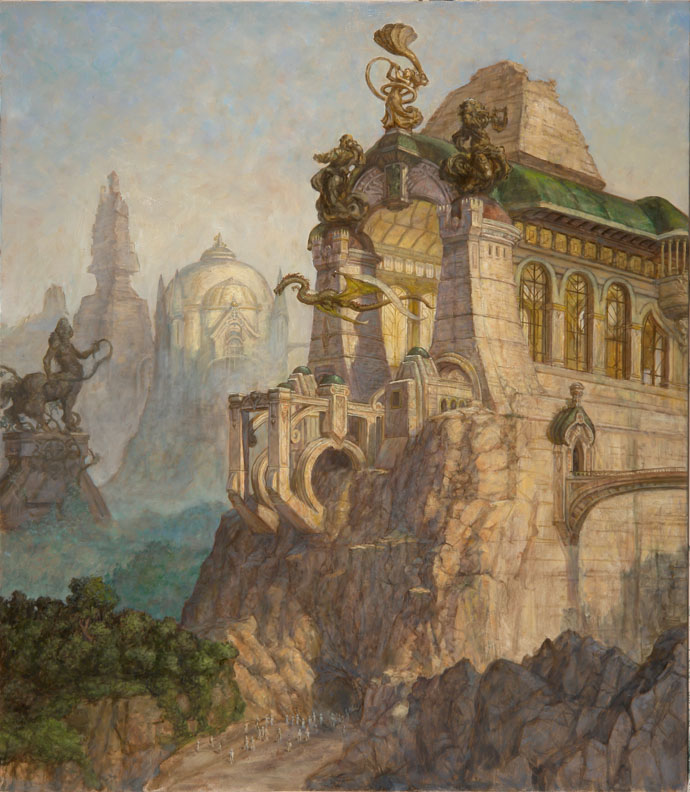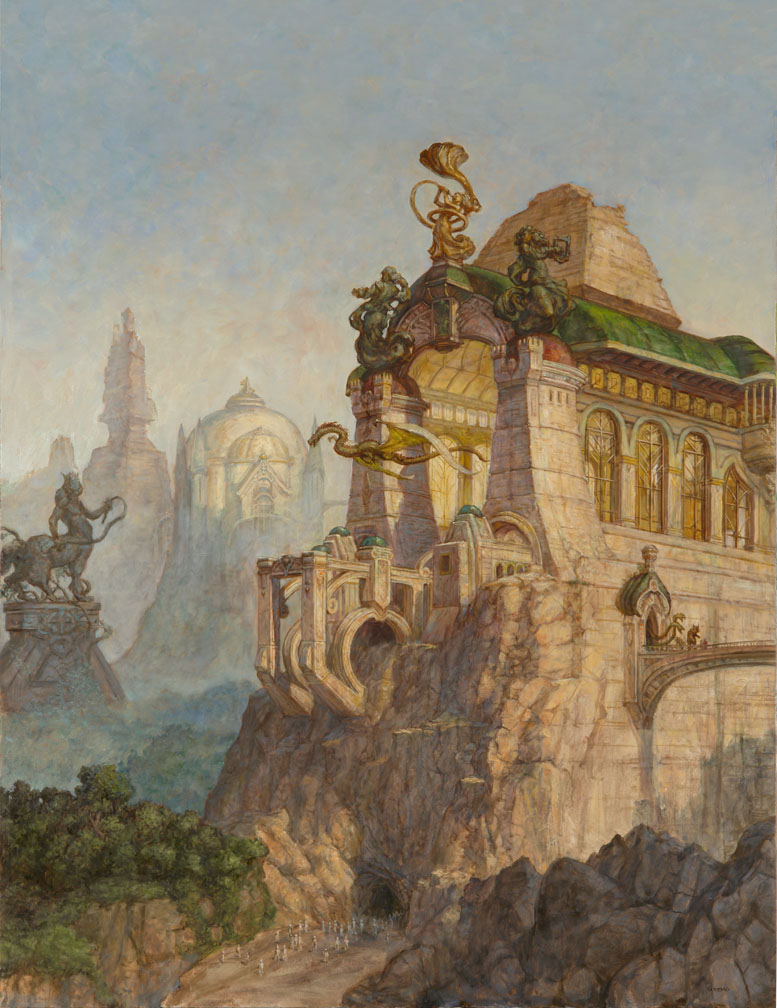Segrelles Tree: A Horror Story
Below is a excerpt from my book Gnemo:
The lovely Casso beckoned me to sit next to her on a bench that circled a tree. As I sat she pulled out a piece of paper and she read me her terrible poem:
Gentle creatures come close to me
Take in the sweet musk of my tree
Her scent will make you float on air
and newly freed of any care
Limp and placid, without a fear
The end of you is very near
My love needs you inside of her
In you go with nary a stir
I give to you one final kiss
Your sacrifice releases bliss
My lovely tree will now release
A misty dust that gives me peace
Great euphoria envelops me
I love you my Segrelles Tree
Take in the sweet musk of my tree
Her scent will make you float on air
and newly freed of any care
Limp and placid, without a fear
The end of you is very near
My love needs you inside of her
In you go with nary a stir
I give to you one final kiss
Your sacrifice releases bliss
My lovely tree will now release
A misty dust that gives me peace
Great euphoria envelops me
I love you my Segrelles Tree
A voice in the back of my head yelled run, and not from the bad poetry alone, but the intoxicant released by Casso’s beautiful Segrelles Tree held me in her charms. Lunch to this tree seemed to be my unavoidable destiny. Casso’s addiction required my sacrifice but her confidence in my love let her release me with the full expectation I’d return for dinner.
-- GnemoPS: If you haven't yet, please buy my most recent book OtherWorlds: How to Imagine, Paint and Create Epic Scenes of Fantasy.


